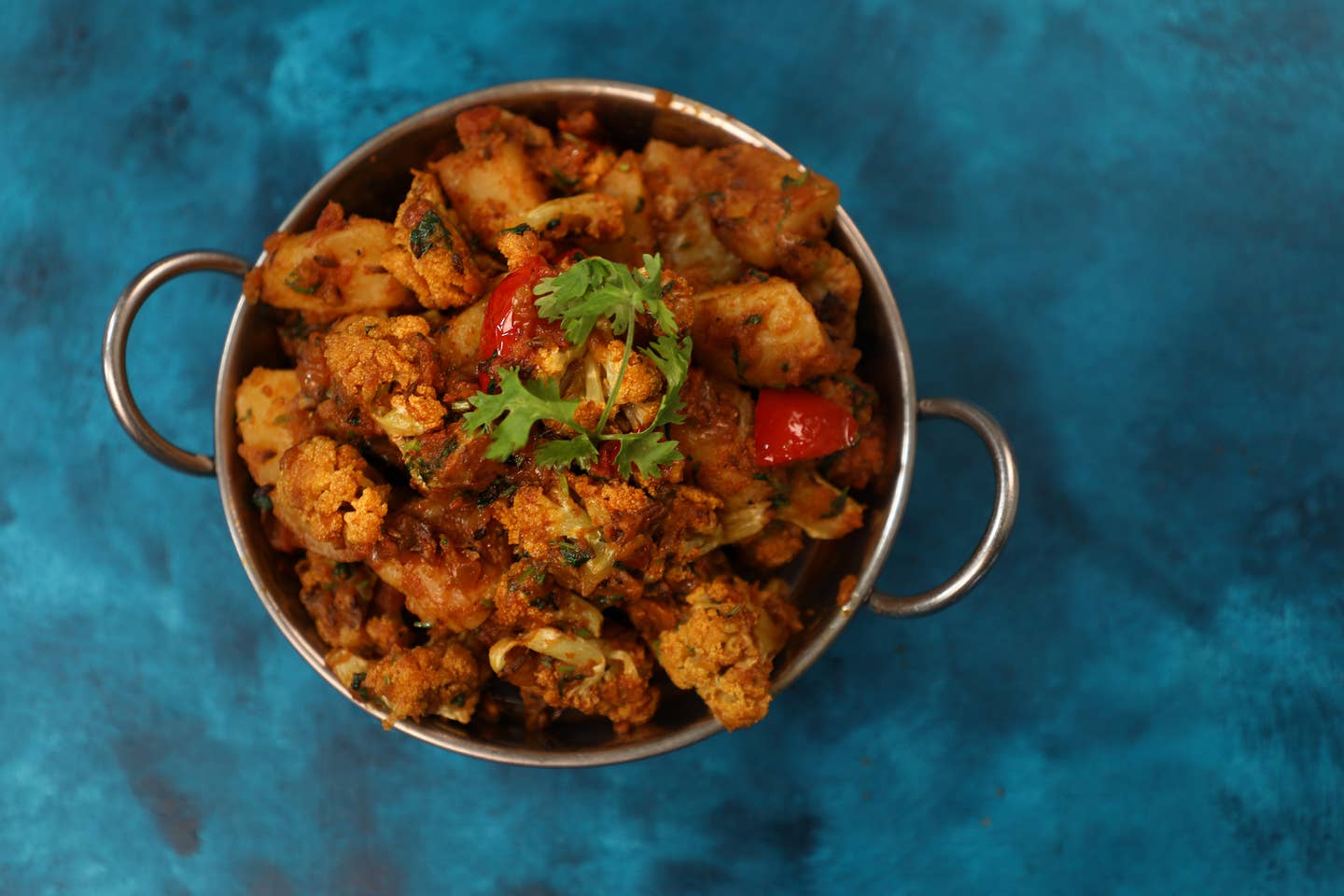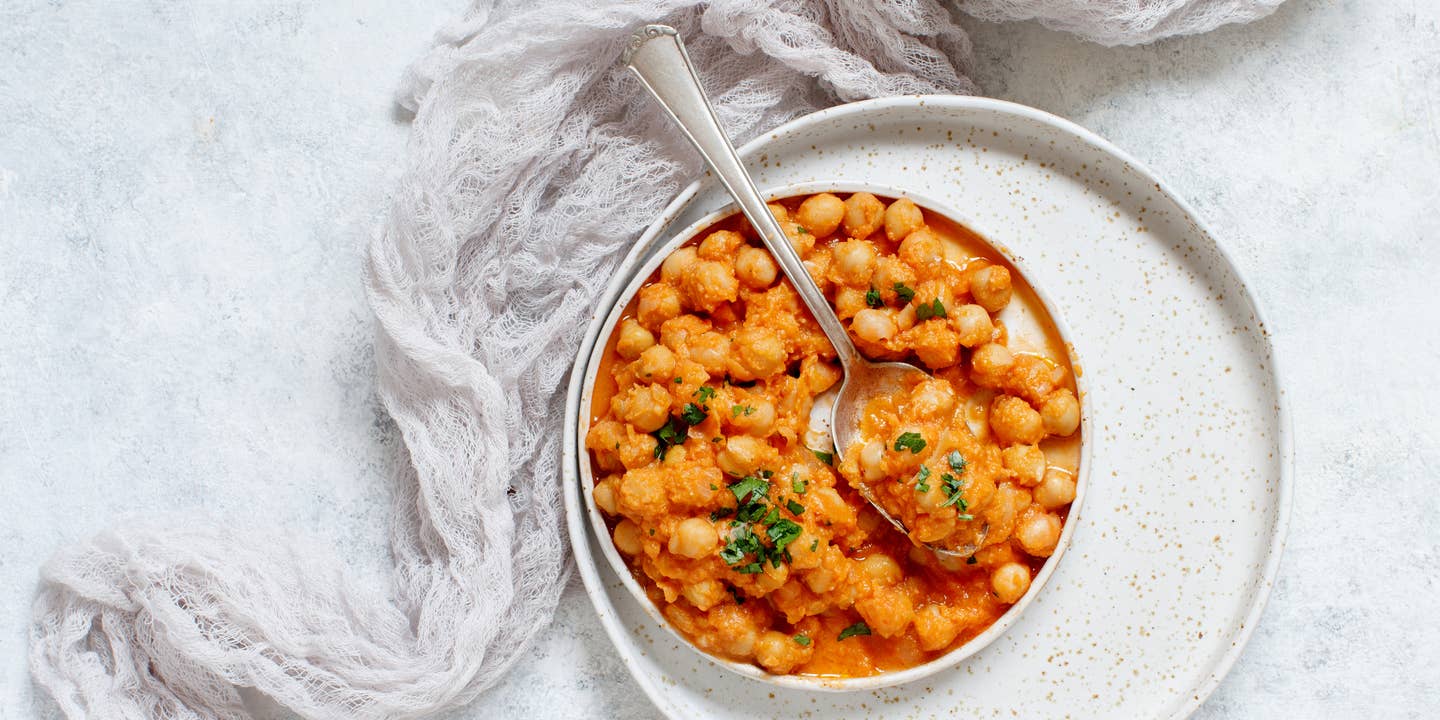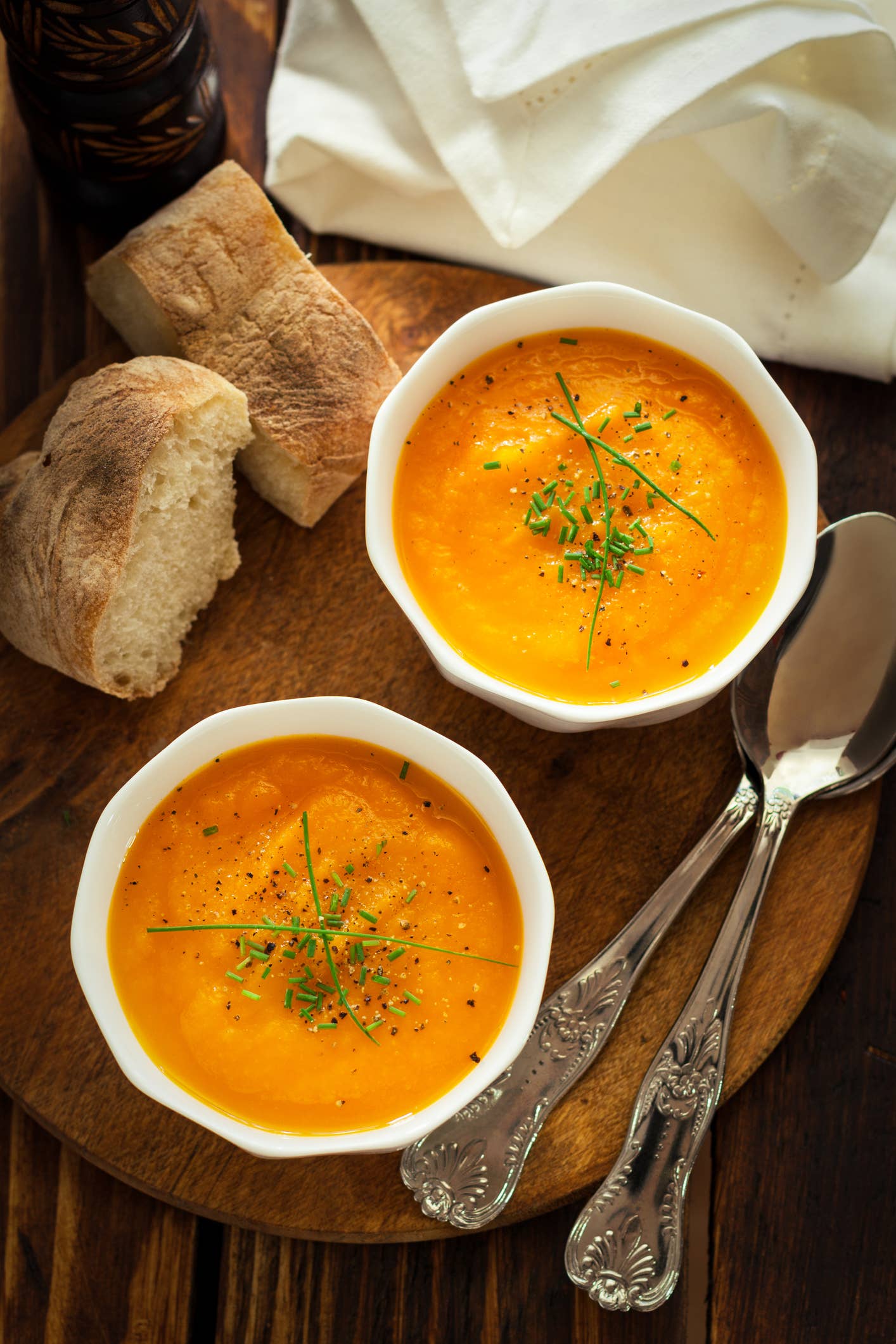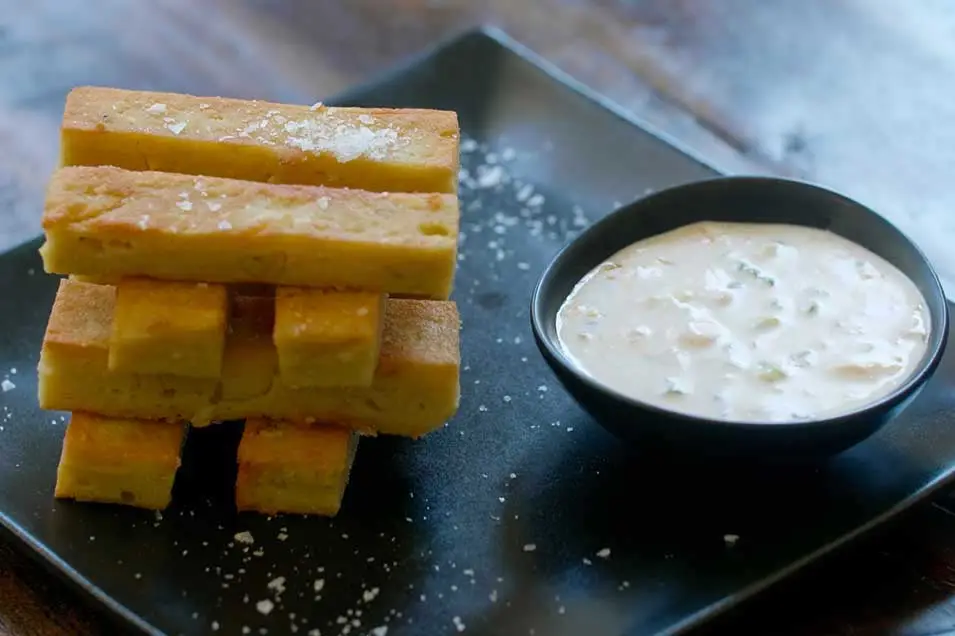
Reach for These 4 Gluten-Free Noodles When You Want to Cut Down on Carbs
As someone who doesn't consider myself carb-phobic but is conscious of the amount of carbohydrates I consume, I would rather reserve my carb allotment for things like an amazing warm sourdough bread with buttery spread or the occasional vegan peanut butter frozen yogurt. (I know. It’s crazy good.)
Although I am Italian, pasta is surprisingly, not one of my go-to recipes, especially since I’ve found so many amazing substitutes I truly enjoy that contain fewer carbs. Fair warning: These pasta options are not made with grain substitutes so if you are indeed craving pasta, these may not satiate your desires. However, they can be enjoyed on a more regular basis without the density of calories or overstuffed belly that sometimes comes from carb overload.
I’ve been living off the kelp and shirataki noodles during the mandated Covid-19 quarantine, as they are shelf-stable and easy to prepare. These options are also gluten-free, so anyone with celiac or a gluten intolerance can dig in and enjoy these alternatives as well.
1. Kelp Noodles
These are hands down my favorite alternative noodle. Made from the jelly-like extract left after steaming edible kelp, a type of seaweed, they are long and clear – almost like glass noodles. While crunchy when cold, kelp noodles will soften up when you cook them in liquid. (My favorite recipe is below). Best for Asian style dishes, they are low in calories but an excellent source of iodine – an essential nutrient for thyroid function and metabolism.
2. Zucchini Noodles
Zucchini has been a fan favorite noodle substitute for years now, ever since people became leery of too many carbs in their diet. I find they taste best sautéed with olive oil and tomato sauce added.
The key to making perfect zoodles is to find a great spiralizer-- a handheld kitchen appliance that allows you to turn the vegetable into noodles in no time! Click here for our favorite. You can also use your spiralizer to make noodles out of carrots, cucumbers or even beets! The options are endless with this handy tool.
3. Konjac or Shirataki Noodles
These are becoming more and more popular for their almost zero calorie count and versatility. Made from the root of the konjac plant found in Japan, China and Southeast Asia, this translucent, gelatinous noodle contains glucomannan, a type of soluble fiber and is often dubbed “The Miracle Noodle.”
They are low in calories and contain almost no digestible carbs. Because of this, they also contain very little flavor making them ideal for dishes with more savory sauces such as pho, pad thai and stir-fries and are great companions to vegan protein add-ons like tofu or tempeh.

- Getty Images/Westend61
4. Spaghetti Squash
People have been using spaghetti squash as an alternative in different dishes for a while now, but it really can stand alone as its own meal. Coming in at only about 30 calories per cup with a decent amount of fiber, you can load up on spaghetti squash for a satisfying and filling meal, especially in the cooler months. It does pair nicely with traditional pasta toppings like tomato sauce or a vegan pesto, however, one of my favorite ways to enjoy this is with a vegan butter spread, nutritional yeast and some sea salt!

- Getty Images
Kelp Noodle Curry
INGREDIENTS
- 1 package kelp noodles
- 2 tbsp. coconut oil
- 1-inch fresh ginger, grated
- 2 tsp. curry powder
- 1-2 tbsp. red curry paste (depends on how spicy you like it!)
- Sliced mushrooms (about 4 cups)
- 1 carrot
- Kale chopped (about 4 cups)
- 2 tbsp. coconut amino acids
- 1 tbsp. honey or agave nectar
- 1 can lite coconut milk
INSTRUCTIONS
- Rinse and drain kelp noodles and cut to smaller pieces.
- In a large sauté pan or skillet, heat coconut oil over medium heat and add ginger and curry powder. Simmer until spices become fragrant.
- Add mushrooms and shave carrots in with a peeler and sauté for about 5 minutes. 4. Add curry paste and a bit of the coconut milk and stir until dissolved. Add kale and kelp noodles and stir in another half of the can of coconut milk.
- Add coconut aminos and agave and more coconut milk until the desired consistency of sauce is achieved (you may like it more like soup or a thicker sauce – play with your food).
- Once everything is cooked together, allow sitting for about 5 minutes to cool and thicken.
- Serve warm. You can add lime garnish if you’d like.
For a quick and really simple version, cook veggies in oil with ginger and/or curry powder as stated above. Add a bit of veggie broth and coconut aminos to cook down kale and noodles. Once done, serve in dishes and stir in “Bombay Bithcin’ Sauce.” I’m addicted to this stuff and it makes everything taste amazing! They also have a pesto version that’s equally as delicious!
More From The Beet






